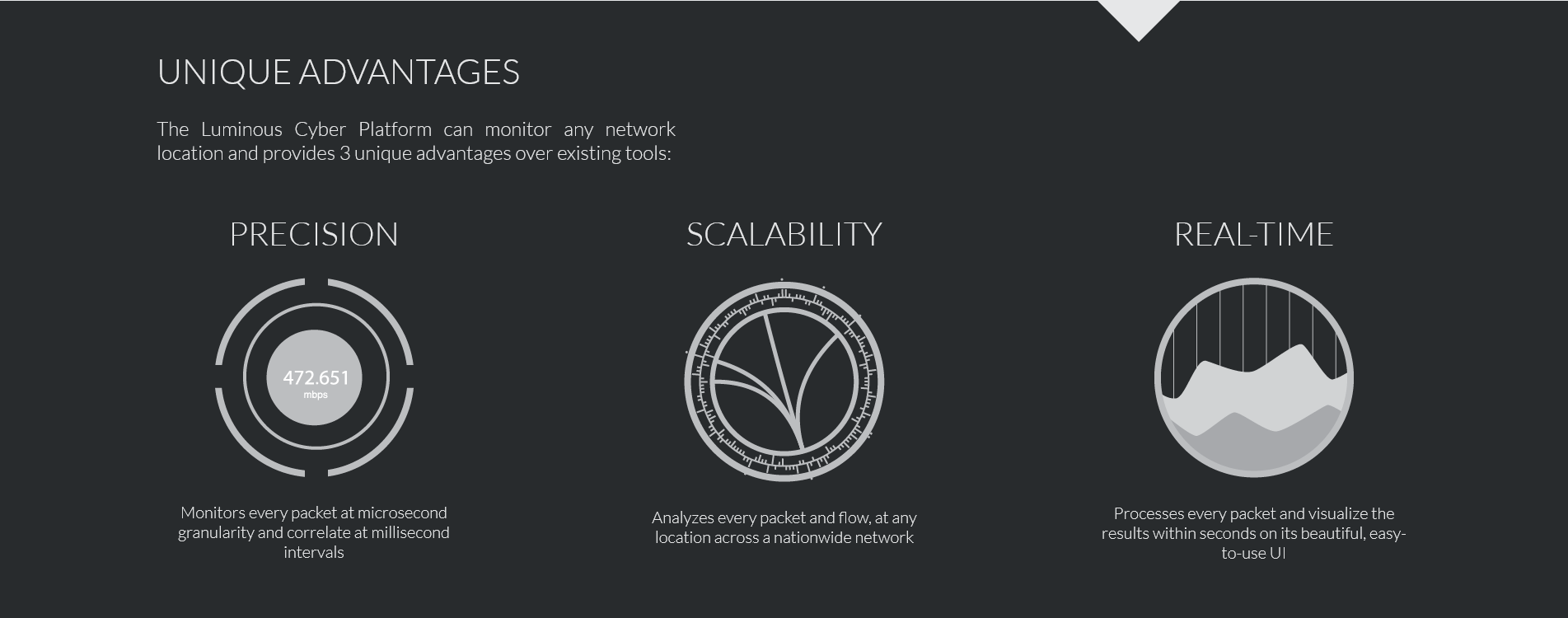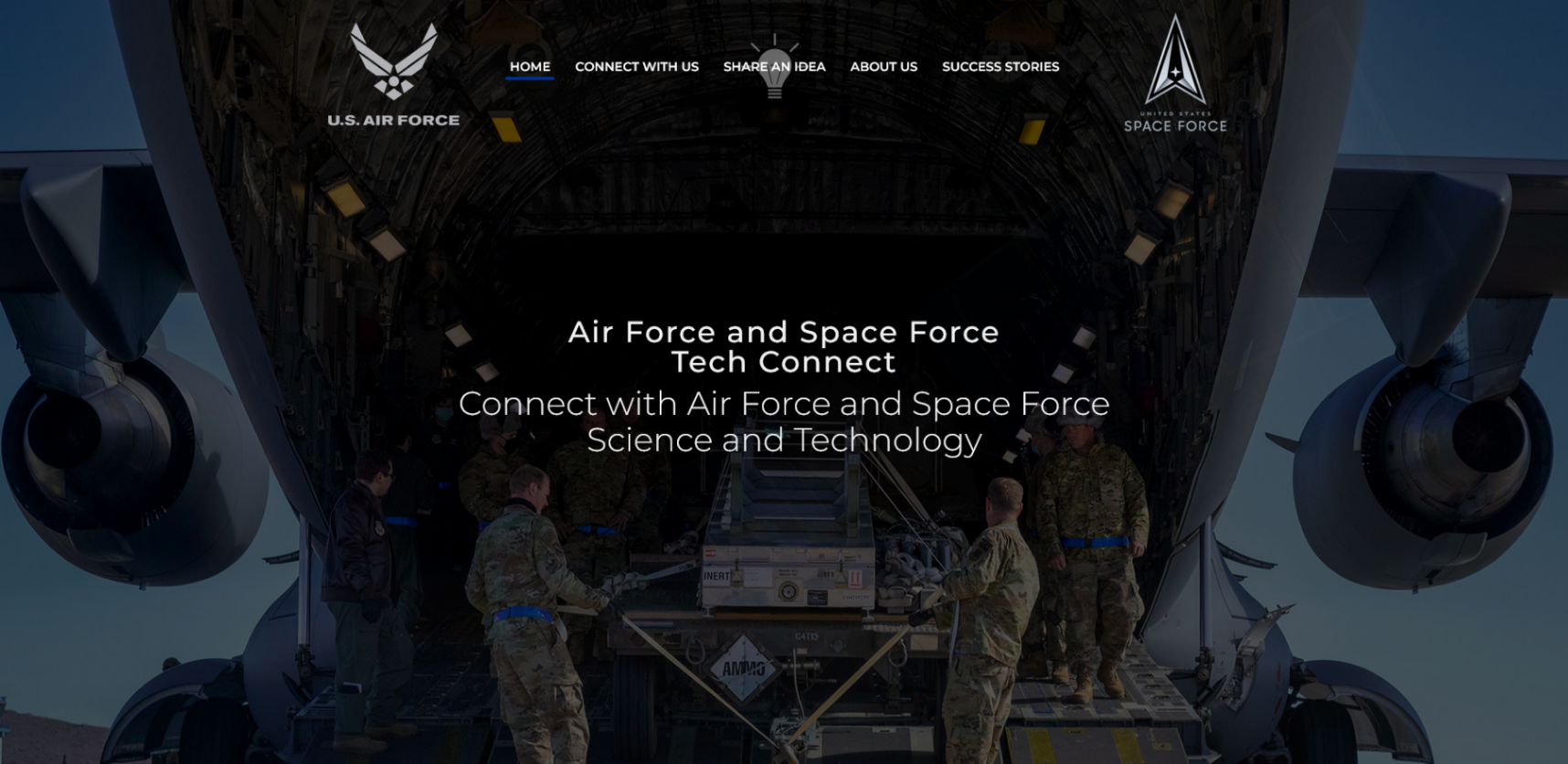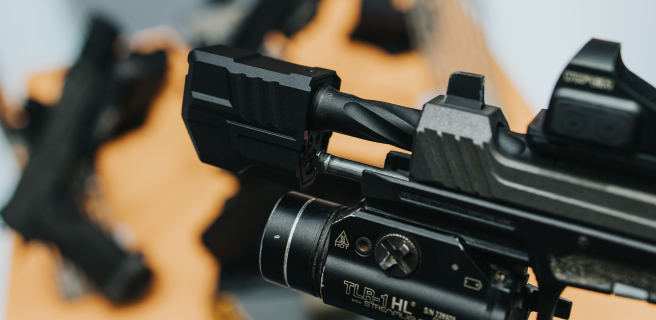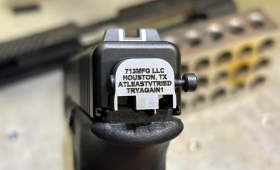AFRL - Air Force Research Laboratory - together with Luminous Cyber Corp., are working on the development of the A-PNT type system (Alternative - Position Navigation and Timing), which is an alternative to the GPS method of location, navigation and synchronization.
This partnership arose from the need to provide the U.S. Armed Forces with reliable access to such information in environments and regions where GPS positioning and timing may not be available or accurate enough: Luminous Cyber Corp. has developed this solution for manned and unmanned orbital, avionics, marine and land systems.
Nowadays, GPS signal is not only dependent on factors such as geographical obstacles or space weather, but is also vulnerable to failure and jamming with the increasingly available, inexpensive devices for spoofing or blocking signal transmission. As a basis for the development of the project, it was decided to use the proprietary, commercially available LIS (Location Information Service) system, which enables, among other things, determining the location of electronic devices and their users located in various types of wired and wireless networks (e.g. using data tracking, connection maps and information stored in databases).
Founder and CEO of Luminous Cyber Corp. - Dr. Charles Barry - ensures that his company's solution uses advanced algorithms, machine learning and artificial intelligence, and combines them with data from multiple sensors to achieve the highest possible accuracy, but also reliability and security.
It's worth noting how AFRL became a partner of Luminous Cyber Corp. It was done through Air and Space Force Tech Connect platform, which helps companies and universities gain access to the right experts of the Air and Space Forces and the means to develop new technologies, which may be of vital importance to the United States Armed Forces. While there are many ways to reach the right stakeholders, the Tech Connect program is considered the easiest and most effective route.
Luminous Cyber Corp. submitted its idea in May 2021 and quickly attracted interest from the AFRL Sensors Directorate. Thanks to this, in June of the following year, it work on the project entered into the second phase.
Sources: SoldierSystems, AirForceTechConnect, LuminousCyber, BusinessWire





























